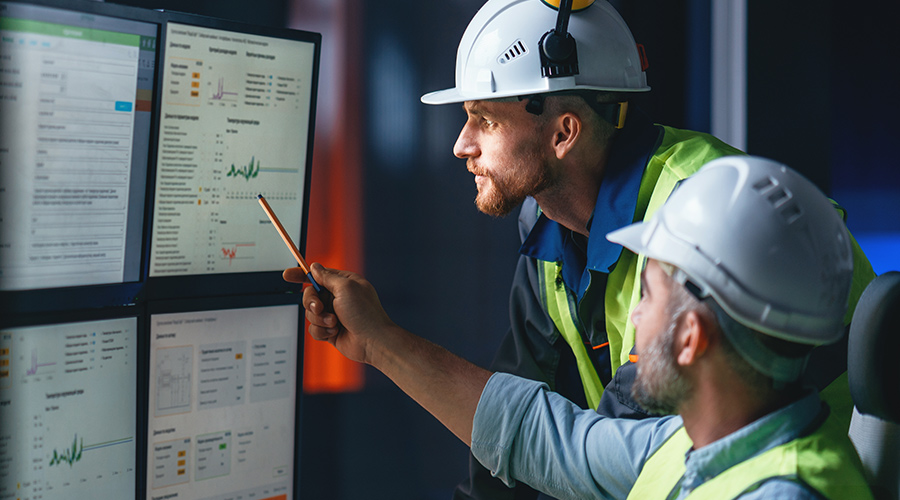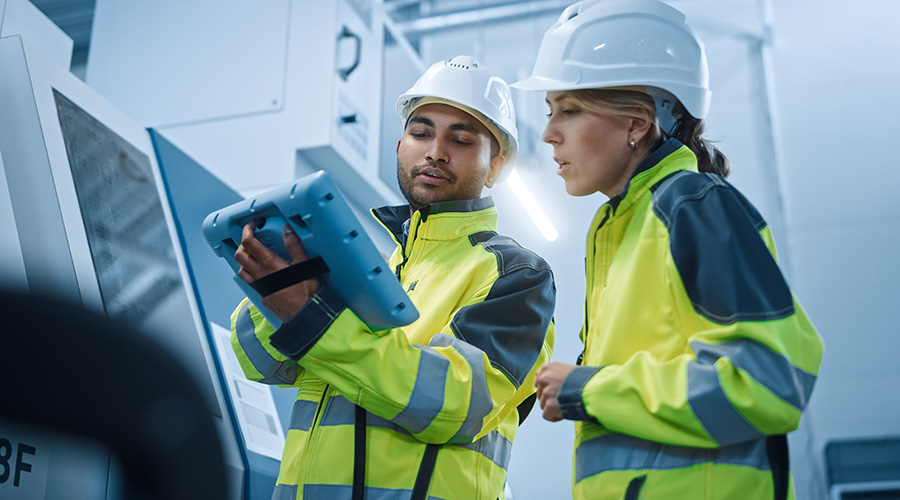Six Events in Six Days: How Climate Pledge Arena Turns Over its Facility
A video of Climate Pledge Arena switching its floor over for six different events went viral on social media.
By Mackenna Moralez, Associate Editor
The Climate Pledge Arena, located in Seattle, Washington, recently went viral when it showed the facility’s crew members preparing for six different events in six consecutive days. The turnover can easily be overwhelming for even the most seasoned facility manager, but for the crew for the Climate Pledge Arena, it was all in a day’s work.
“When the business is out there for the taking, you have to take the business and that could mean that you end up having six events in a row,” Tom Conroy, assistant general manager, Climate Pledge Arena says. “So, when and if you have the availability and can get a show that will fit in on that day, you take the show, even if it means having hockey, concerts, basketball games all happening in the same week. You take the show.”
The Climate Pledge Arena, which first opened in 2021, is home to the Seattle Kraken, the WNBA Seattle Storm and hosts some of the world’s biggest performers in live music and events. On any given night the facility hosts upward of 18,000 people. A consistent operation plan helps keeping staff organization and on track so that events can occur seamlessly.
“Everyone has a job to – it doesn’t matter. Everyone has a specific job to do that night, and if everyone does their job and it’s cohesive, everything will get done,” Conroy says. “You need leadership and you need a safe work environment, above all else.”
It can be easy to rush processes with such a tight turnaround. Cutting corners and doing things haphazardly can only lead to workplace injuries and delays in programs and events. Conroy believes that sticking to a game plan each night helps keep workers motivated so that they can finish the job in a timely and safe manner.
“Workers need breaks. They need proper PPE, and they need the ability that if they can’t work, they can call out,” Conroy says. “Safety comes first no matter what.”
For the most part, Conroy works with a small crew of less than 40 people. His staff works alongside road crews to help set up events and ensure that the arena is ready to go by game time.
However, after the game is when the magic happens. For example, when transitioning from a hockey game to a stage show, Conroy’s crew will come in after the game and start putting the ice deck down and take the hockey glass out and place it onto racks. This precise operation allows for the crew to put out temporary seating and get the stage oriented. It takes approximately eight hours to turnover the arena and get it clean for the next performance, and all of it happens out of the public eye.
“The lights never go out here,” says Conroy. “If you leave here at 11 o’clock at night and you come back at six in the morning, there’s a good chance you’re going to run into the same people you saw when you left.”
In the days between the events is when the facilities team is able to get some routine maintenance done on seating or lighting fixtures. Meanwhile, winter months allow for the crew to take on some bigger projects as less events occur.
“Some [fixes] are done the night of, and some are done in real time. Others are done during the day, but we are also have all day before we open doors to the general public to get most work done,” Conroy says. “While a show is loading in, we can do some seating repair work or we can work on some systems that aren’t central to the operation of the facility. But you have to do it when you have availability.”
Still, maintaining a high-class facility is all that the crew knows. The Climate Pledge Arena aims to be one of the most sustainable facilities in the world. In the four years that it has been open, it was one of 375 corporations to sign the Climate Pledge, an agreement to reach net-zero carbon emissions by 2040. Already the arena has made strides in its sustainable mission by becoming the first all-electric arena in the nation. It also plans to eliminate single-use plastic and is in the works to become the first International Living Future Institute-certified zero-carbon arena. Working under such high expectations can be deemed stressful, but for the workers it’s one of the easiest things on their to-do list.
“It’s part of our daily practice so it’s the easiest thing we do,” Conroy says. “It just takes a little bit of manpower to get it done, but we have a responsibility, you know? The building is 100 percent electric, so we maintain all the equipment so that it’s running efficiently and it’s not using more electricity than it should be. Once your practice is established, you just got to keep up with it.”
Mackenna Moralez is the associate editor and the host of the Facilities in Focus podcast.
Related Topics:












